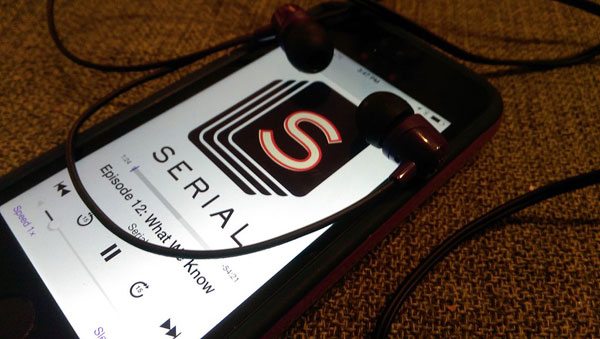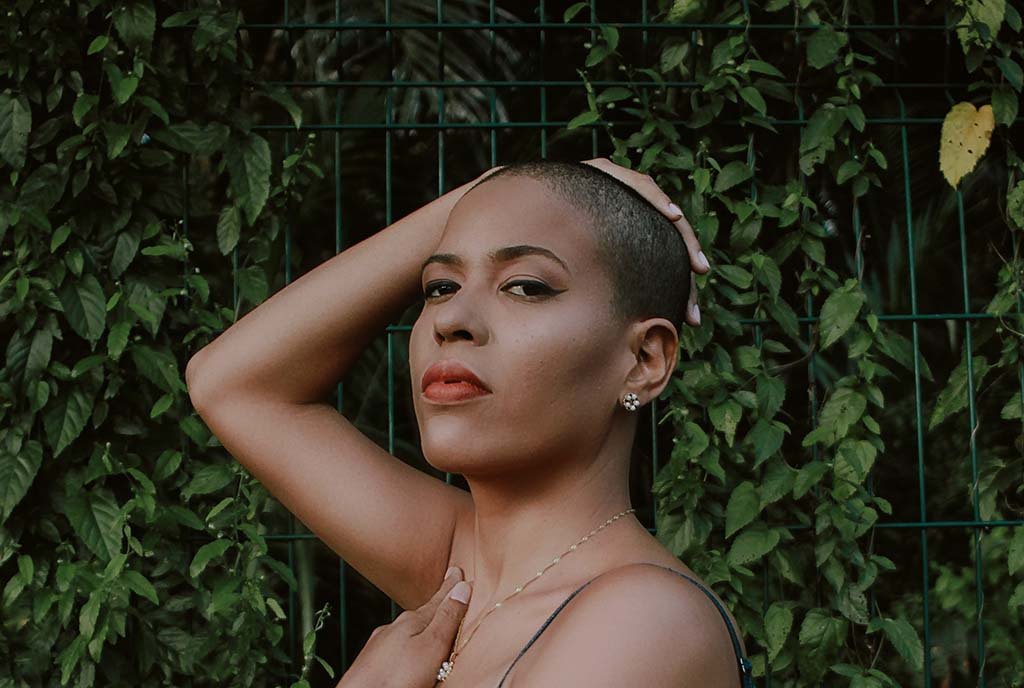
The podcast medium has been growing steadily over the last few years. There are currently 67 million monthly podcast listeners in the U.S., up 21 percent from last year’s 57 million.
This is impressive for a medium that is still finding its bearings in many ways. According to Nicholas Quah, who hosts a weekly podcasting newsletter called Hot Pod, the medium is “(a) still propped up by a barely evolved technological infrastructure, (b) has only seen a few instances of significant capital investment, and (c) still sees its industry power very much under-organized.”
According to an Interactive Advertising Bureau (IAB) study, in 2015 podcast advertising revenues came in at $69 million. By 2016, they were $119 million. The industry is expected to top $220 million by the end of 2017.
Sign up for our free newsletters
Subscribe to NPQ's newsletters to have our top stories delivered directly to your inbox.
By signing up, you agree to our privacy policy and terms of use, and to receive messages from NPQ and our partners.
Quah recently reviewed the top six developments and trends in podcasting this year.
- August saw four significant investments in the industry, totaling $47.2 million. These differ from previous investments in that they “are specific to the needs, textures, and idiosyncrasies of the podcast ecosystem,” rather than “consumer-focused audio app and platform plays.”
- Apple’s in-episode analytics, announced in June, will soon offer publishers actual listening data as well as download data. Quah calls this “the most significant development to hit the podcast industry” since Apple consolidated the ecosystem (first in iTunes, then in a standalone app, and now packaged with iOS).
- Podcast programming is being increasingly adapted to other media like film and television. The “Man of the People” episode of Reply All has been optioned for a feature film. Gimlet Media is looking to bring Homecoming and StartUp to TV, and cable networks HBO and USA are eyeing WNYC’s 2 Dope Queens and Night Vale Presents’ Alice Isn’t Dead, respectively. This provides a new revenue stream and audience development.
- Increasing content quality is represented by hits going mainstream (Missing Richard Simmons and S-Town) and “the rise of the daily news podcast,” which Quah calls “the most exciting front in the space in a long time” representing innovation and ambition.”
- There’s been a rise in “windowing.” That’s where a podcast publisher will offer an early preview of a series or episode on a private partner platform like Spotify or Stitcher before the public open release.
- Lastly, platform fluidity means the podcast concept is moving beyond initial infrastructure elements like RSS feeds, “podcatchers,” and the Apple device that gave it the name. Quah writes, “The way we talk about all of this—the content, the technology, the audiences—will have shifted from a narrative about the clash between an incumbent and an insurgent (‘the future of radio’) towards a clash between publishing factions defined by different formations of publishing communities (‘a type/genre/kind of audio’).”
With the growth of the podcast medium comes complexity, and in Quah’s eyes, “that complexity can be destabilizing.” One thing to watch out for is whether the transition will change the relatively accessible and meritocratic nature of podcasts. There will need to be a need to balance podcasting’s meaningful gains, with making sure small and upstart creators still have a place to go. NPQ recently wrote about Boston’s podcast incubator, Podcast Garage, “a membership nonprofit with a monthly fee that includes studio time and co-working space.”
If you’re wondering if your organization should be podcasting, you can still check out NPQ’s classic “What’s in Podcasting for Nonprofits?”—Cyndi Suarez













